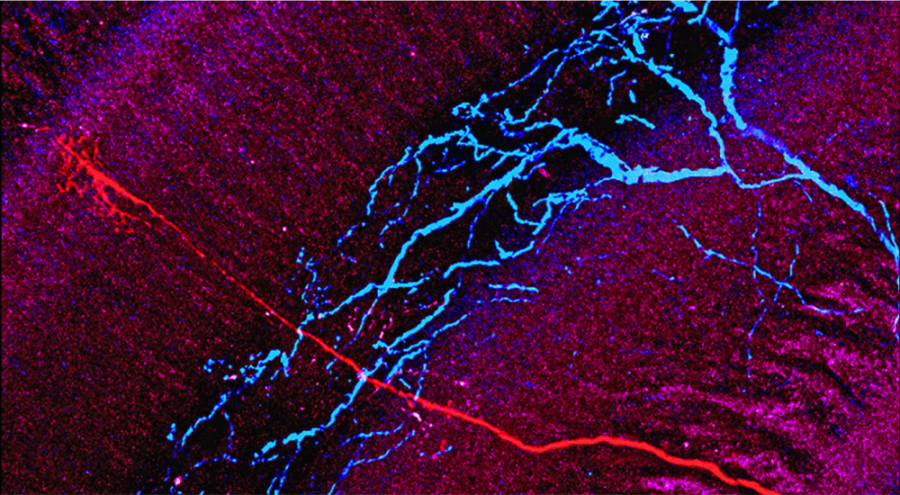Just because they have bug brains doesn’t mean they are not interesting. Graduate students are breathing life into neuroscience and entomology at this year’s Arizona Insect Festival.
Rebekah Keating Godfrey and Michael Rauscher, neuroscience graduate students, are responsible for the Insect Festival’s “Bug Brains!” booth. Both students said they have volunteered at the booth in the past two Insect Festivals.
“Bug Brains!” will have different activities for people of all ages and there will be histological and physiological exhibits.
One of the physiological exhibits this year is an electroantennogram of a cockroach’s leg, according to Keating and Rauscher. Dr. Hong Lei, who belongs to the Hildebrand Lab Group, will be leading the exhibit.
“He’ll have a Manduca sexta [tomato hornworm] moth in a tube and he’ll have one of its antennae attached to an electrode and [when] you squirt odor on it, you can see the electrical activity in the antennae while it’s smelling the odor,” Rauscher said.
In addition, Rauscher will be doing a cockroach physiology exhibit.
“I’ll have a cockroach’s leg, freshly excised, and I’ll have a portable demonstration amplifier and I’ll show off the different sort of neurons and muscles you can record from the leg and you know, I’ll explain how the physiology of neurons work,” Rauscher said.
“Bug Brains!” will also feature an exhibit involving the behavior of fruit fly larvae under blue light, according to Keating and Rauscher.
“They express a channel rhodopsin, which is just a channel that’s activated by light,” Keating said.
In response to the blue light, the larvae seize up and contract.
Rauscher and Keating said they have been helped by professor Lynne Oland of the neuroscience and cognitive science department, who is heavily invested in outreach. Oland presents many of the same exhibits at other educational events.
“A lot of these exhibits are ones that you maybe might see at the Tucson Festival of Books or other outreach things,” Rauscher said. “The stuff that we’re showing has already been developed, so we have it down pat at this point. It’s really kind of impressive.”
The goal of the exhibits is to inform the public about the nervous system, especially about the certain subregions of the nervous system. There will be different exhibits highlighting regions of the nervous system responsible for sensory information, movement and behavior, according to Keating.
Rauscher and Keating said they were inspired to volunteer at “Bug Brains!” in 2013 because of their love for insects.
“I’m personally really interested in insect behavior, so I study the nervous system as a means of trying to get at some of the underlying mechanisms,” Keating said. “Things involving insects and people being excited about them, well, I felt … that would be a cohort of people that I would get along well with.”
For Rauscher, insects are unique as research subjects.
“Insects are [a] really great intersection of a lot of topics in biology because to study them, you really have to be a generalist,” Rauscher said. “You have to think about it in terms of evolution and ecology and in terms of molecular biology and in terms of regular bread and beans physiology.”
The graduate students said they enjoy public outreach. Rauscher volunteers annually at the Tucson Festival of Books and Keating mentors undergraduate students in the neuroscience program.
“Public outreach. If you can, as a scientist, do it. It’s just really, really fun. It’s just a matter of having an organization there that you can hook up with and asking, ‘Can I bring brain stuff?’”
Follow Connie Tran on Twitter.









